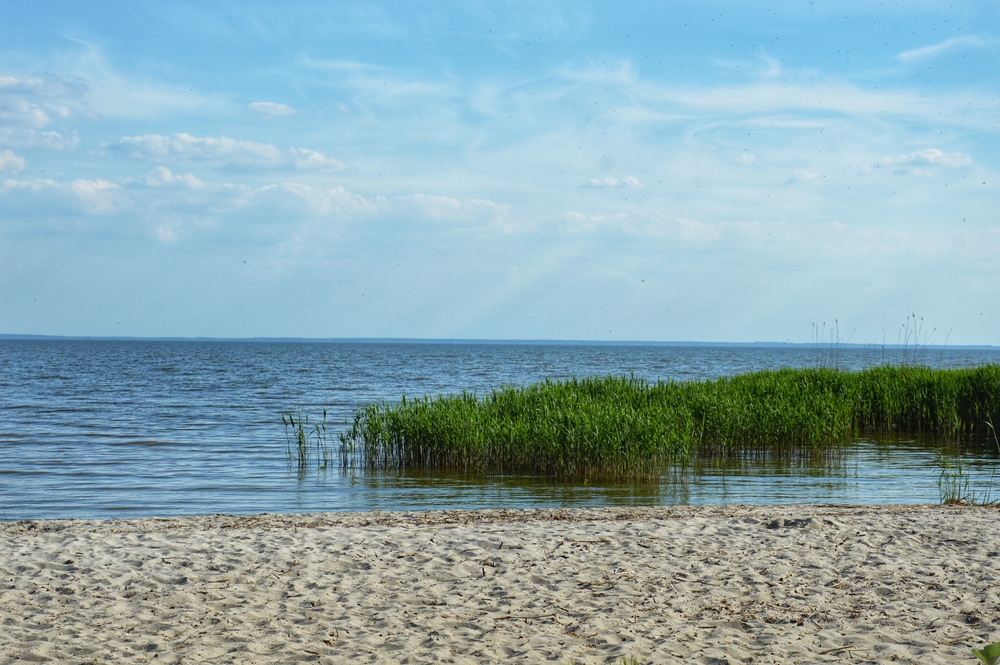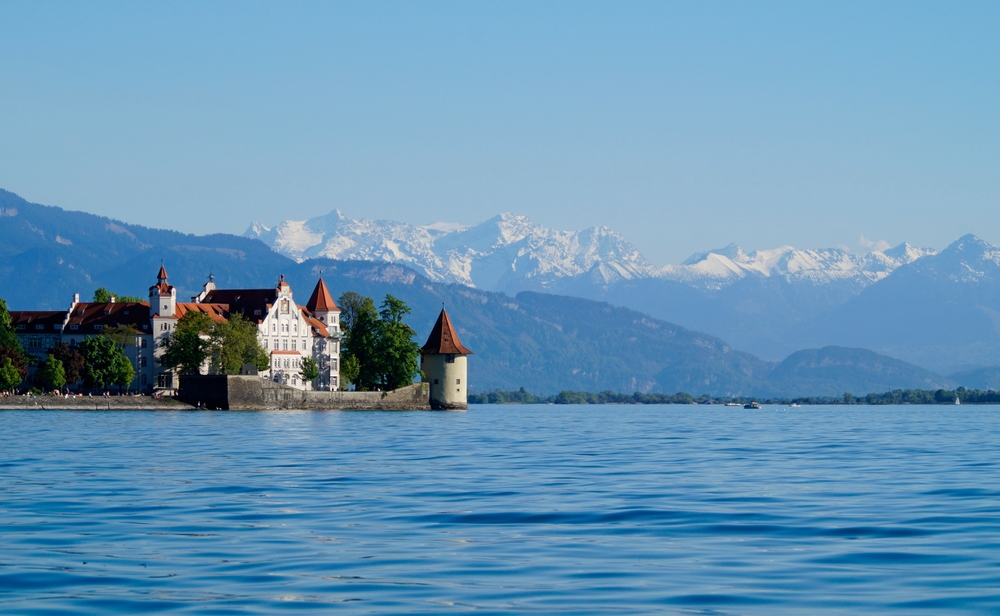Geography: Lakes
Germany, a nation renowned for its varied landscapes that include dense forests, river valleys, and mountain ranges, is home to several significant lakes, each with its distinct features. Among these, Lake Constance (Bodensee), bordering multiple countries and known for its scenic beauty, stands out as one of the largest and most popular lakes in the country. The following table provides an overview of Germany's major lakes, focusing on key aspects such as the lake's surface area, its elevation above sea level, its primary water source, and the nature of its outflow.
|
Lake Name |
Area |
Elevation |
Water Source |
Outflow |
|
Stettiner Haff |
900 km² |
-6 m |
Oder River |
Świna, Peene, and Dziwna rivers, into Pomeranian Bay |
|
Lake Constance (Bodensee) |
536 km² |
396 m |
Rhine River |
Rhine River |
|
Lake |
117 km² |
62 m |
Elde River |
Elde River |
|
Lake Chiemsee (AKA Bavarian Sea) |
80 km² |
518 m |
Tiroler Achen and Prien rivers |
Alz River |
|
Lake Schwerin |
61.5 km² |
38 m |
Groundwater; rainfall; small lakes |
Stör River |
|
Lake Starnberg |
58 km² |
584 m |
Steinbach River |
Würm River |
|
Lake Ammersee |
47 km² |
520 m |
Ammer River |
Ammer River (as Amper River) |
|
Lake Plauer See |
38.4 km² |
62 m |
Elde River |
Elde River |
|
Lake Kummerow |
32.5 km² |
0.3 m |
Glacial; local catchment |
Peene River |
|
Steinhuder Meer |
29 km² |
38 m |
Groundwater; rainfall; Steinhude Sea |
Steinhuder Meerbach (tributary of Weser River) |
Copyright © 1993—2025 World Trade Press. All rights reserved.

 Germany
Germany 
